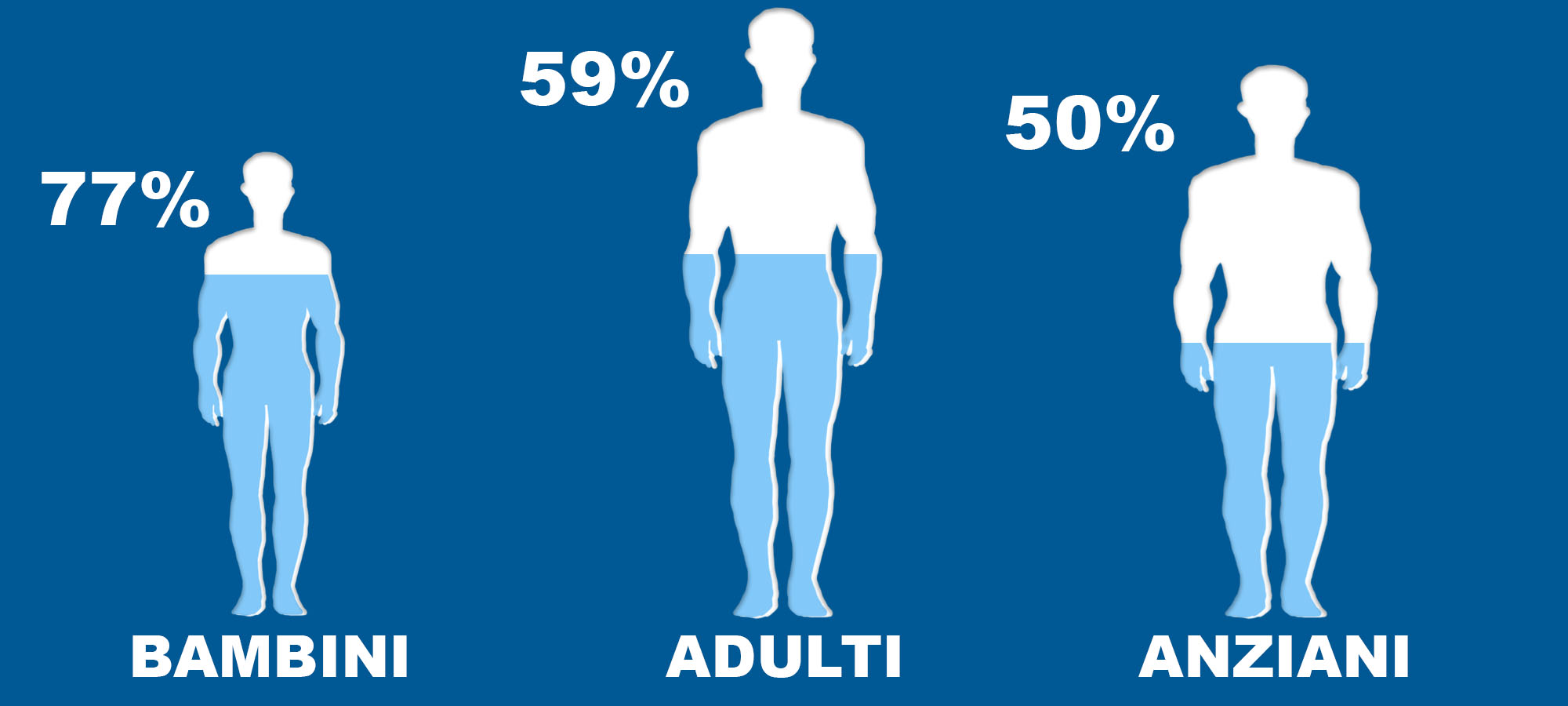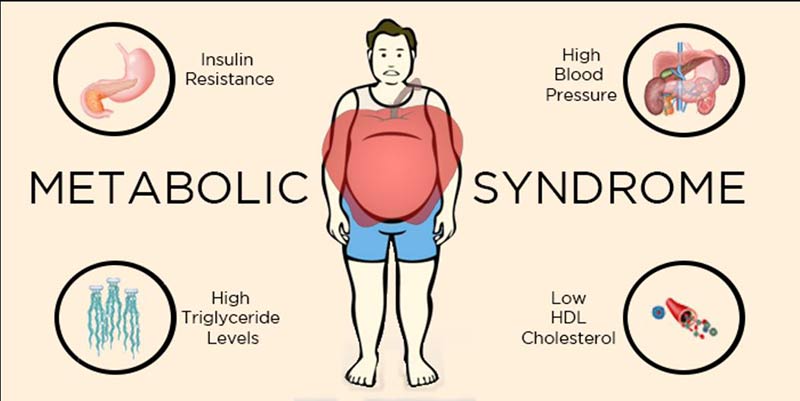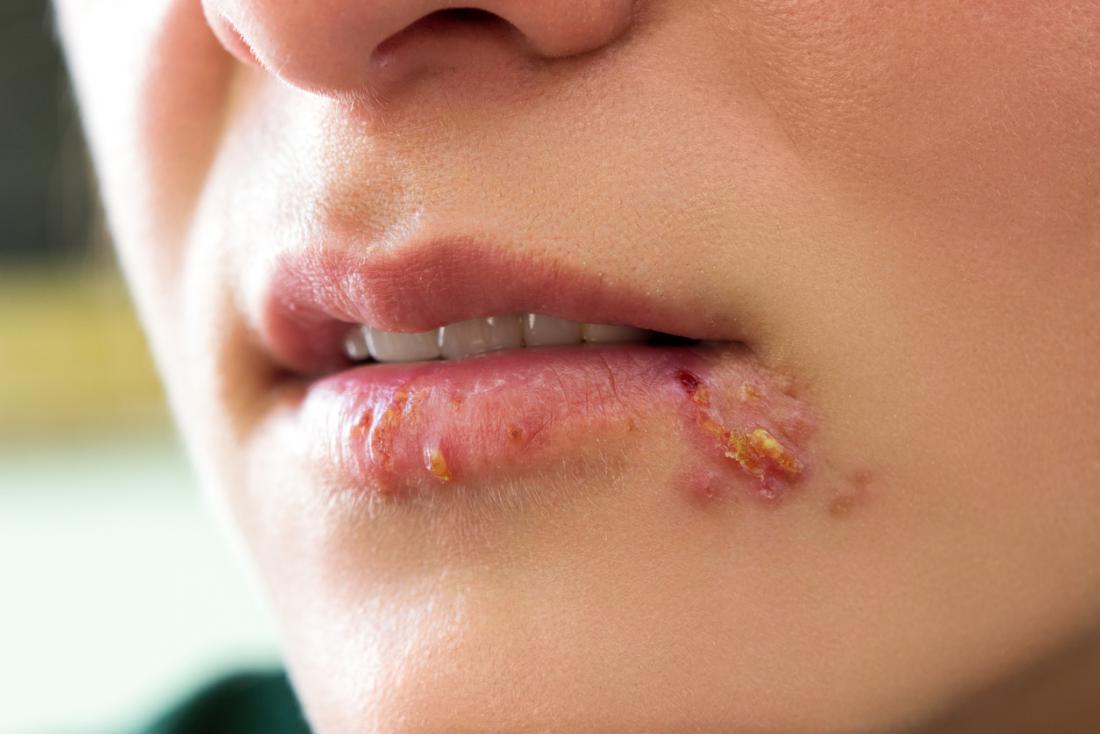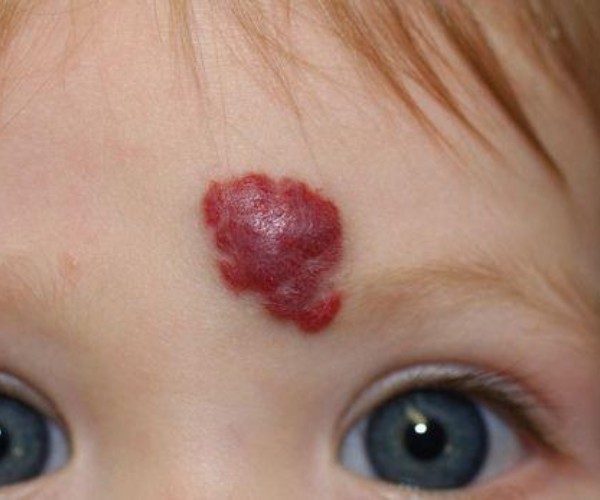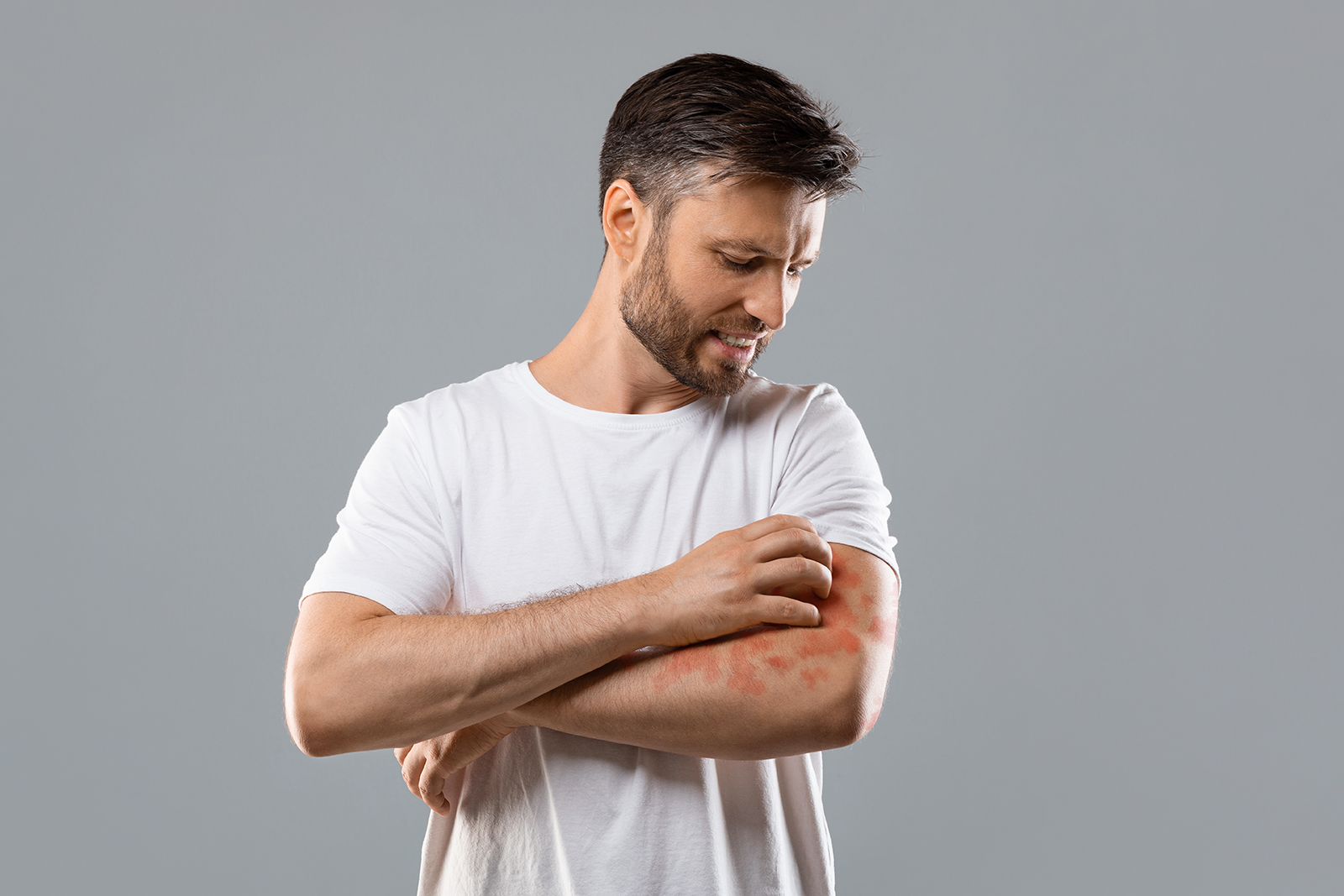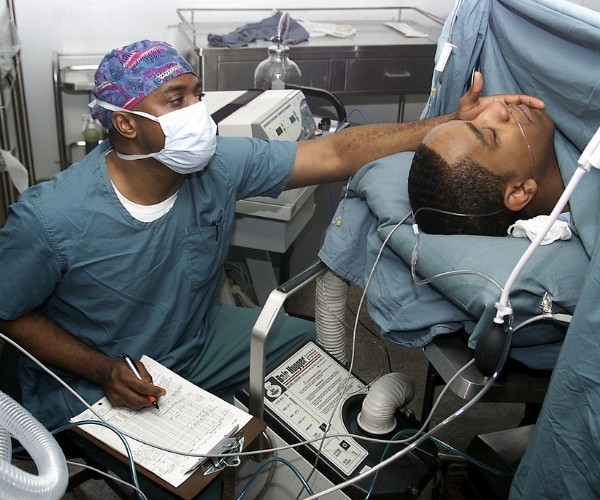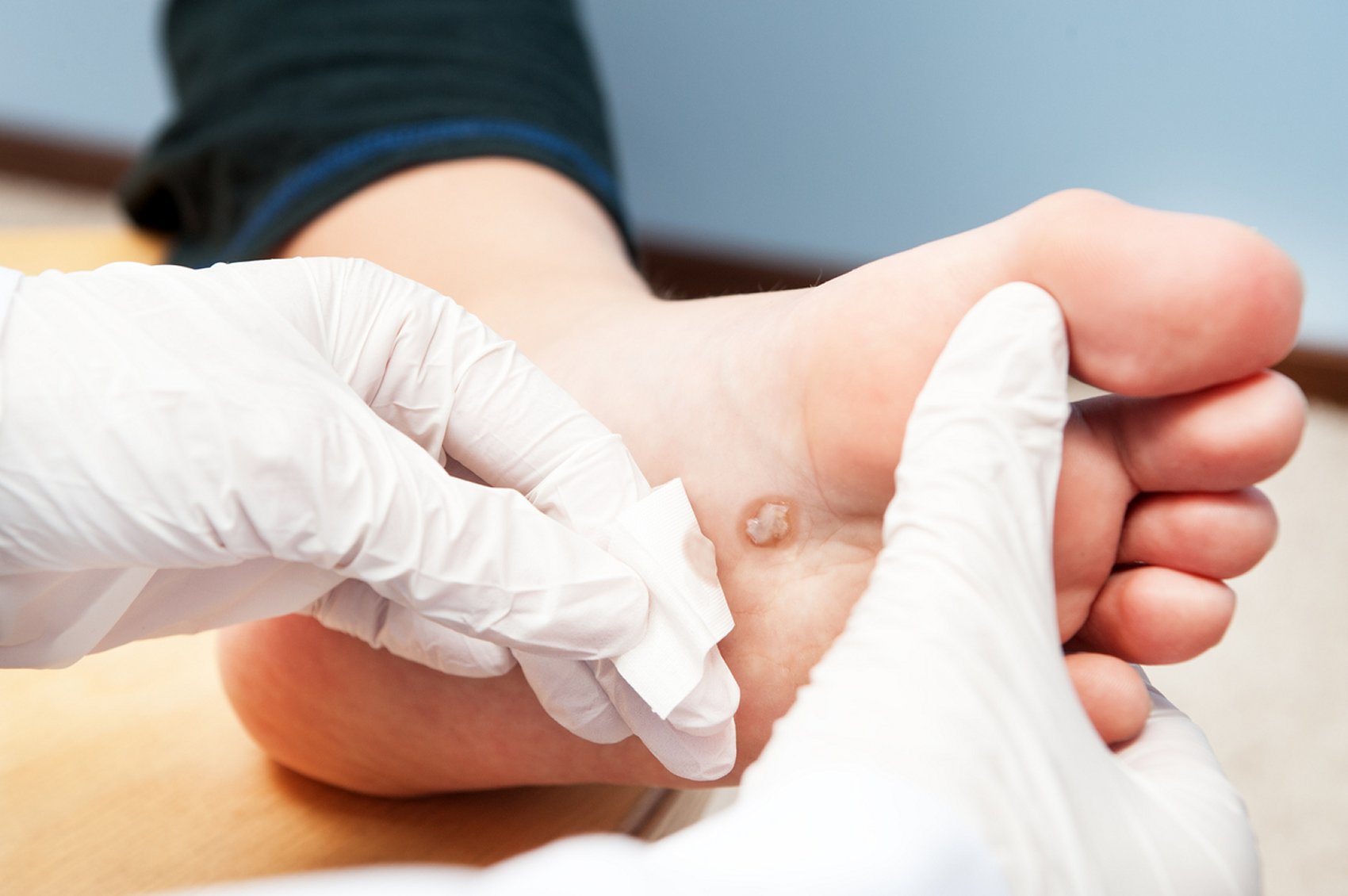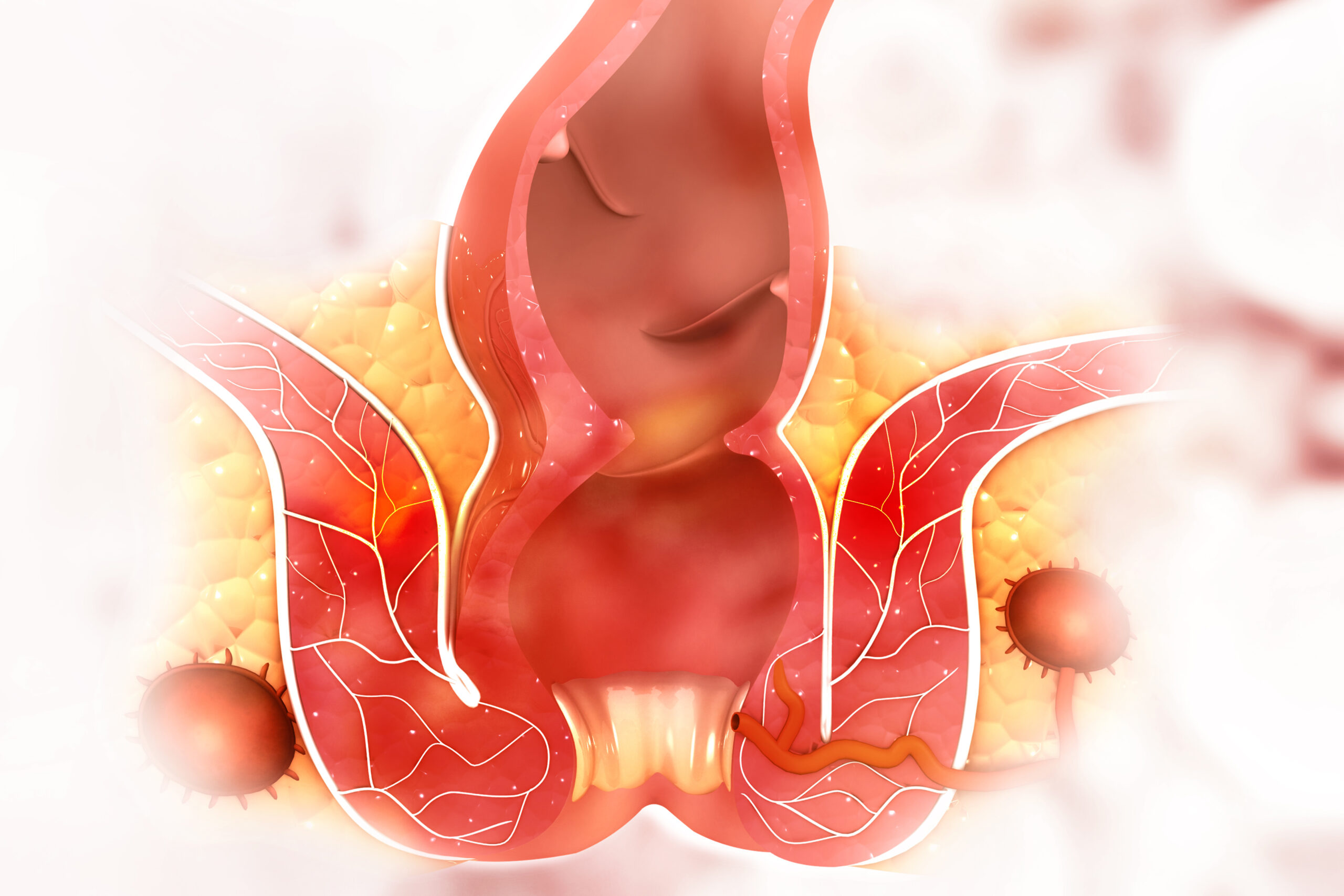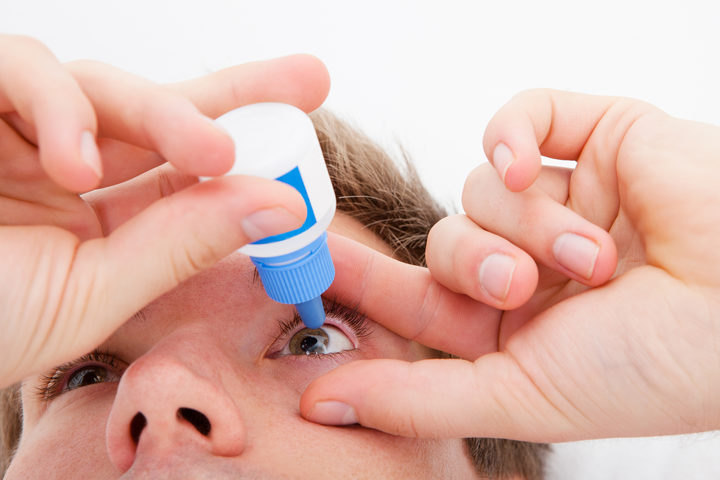Every year, you know, before summer even arrives you try to get to the beach with a perfect tan. Lamps, special oils and creams are used, all to achieve the much-desired amber color that gives our skin an exotic and fascinating touch. However, not many people know that in order to achieve the tan we have always dreamed of, whatwe eat is crucial. Some foods in fact promote the production of
melanin, the substance responsible for making our skin tan. In addition to giving our skin a much sought-after coloration, the sun is also essential for the synthesis of vitamin D, a very important element for the well-being of our body.
Recommended foods
Of all the foods that promote melanin production, first among them are definitely carrots, the “tan queens.” In fact, carrots are rich in vitamin A, which is responsible for activating melanin. Suffice it to say that in just 100 grams of carrot pulp there are 1,200 micrograms of vitamin A, more than twice the amount found in any other food. Spinach, radicchio and apricots follow in the next places in the ranking. Other fruits that promote tanning include melons, peaches, watermelons and cherries. While instead among vegetables, lettuce, celery peppers and tomatoes are the most suitable. Most of these foods, distinguished by their red/orange color, contain beta-carotene, a precursor to vitamin A.
The benefits of the sun
In addition to tanning, the sun turns out to be really very important for the production of vitamin D, an essential substance for our bodies. It is in fact synthesized as a result of exposure to the sun’s rays, and is a valuable ally for the well-being of young and old alike. First of all, vitamin D prevents rickets as it strengthens bone structure, improves the immune system making it more effective, prevents diabetes, and seems to have a positive impact on neurodegenerative diseases (such as Parkinson’s and Alzheimer”s). In addition, the relationship between vitamin D and cancer is being investigated. Indeed, it would appear that vitamin D has a preventive and counterproductive function for colon cancer. For these reasons, it is warmly recommended to take vitamin D, especially in the winter months where exposure to the sun is certainly less than in the summer months, either through physician-suggested supplements or through diet. In fact, it is possible to find vitamin D in milk, salmon, tuna, eggs and cheese.
The real source of vitamin D, however, as already mentioned, is the sun, which is therefore useful not only in achieving the tan we have always wanted (thanks in part to the help of the foods mentioned above) but also in promoting the synthesis of this valuable substance that is indispensable for our health.






